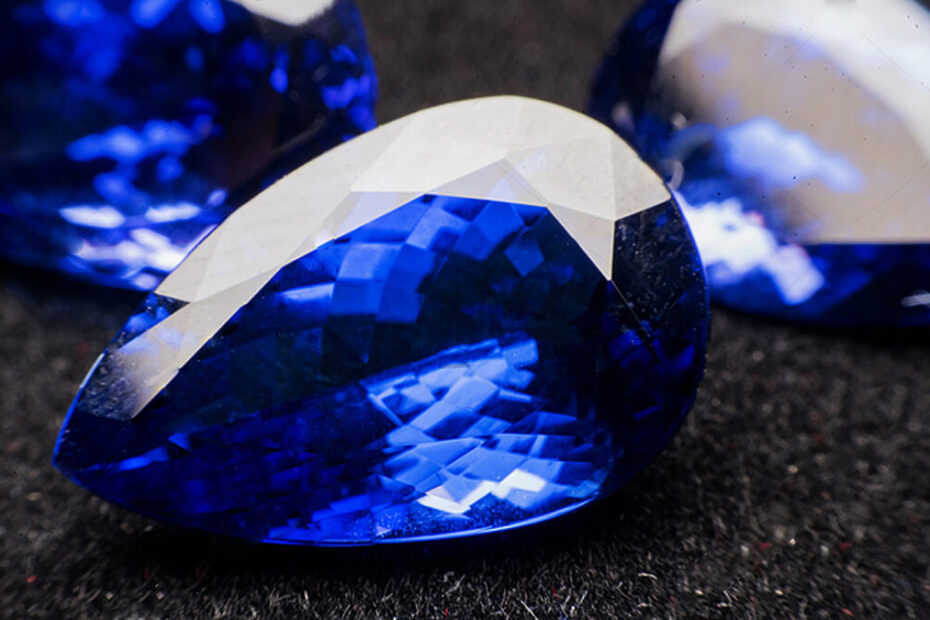The history of sapphires, one of the most famous and cherished gemstones, dates back thousands of years. Here is a comprehensive timeline of the discovery, use, and mining of sapphires, along with their various applications:
- Ancient Times:
- Approximately 2,500 BCE: Sapphires were first discovered in ancient Persia (now modern-day Iran). These blue gemstones were highly prized by Persian royalty and considered symbols of wisdom and virtue.
- Ancient Greeks and Romans also admired sapphires and associated them with Apollo, the god of truth and prophecy.
- Medieval and Renaissance Periods:
- During the medieval era, sapphires gained popularity in Europe as a symbol of divine favor and protection.
- The clergy used sapphires in ecclesiastical jewelry and believed that the gemstones would enhance their spiritual connection.
- 18th and 19th Centuries:
- 18th-century gemologists and mineralogists began distinguishing sapphires from rubies, both of which are forms of corundum, based on their colors. While rubies are red, sapphires are recognized for their blue hues.
- Sri Lanka, known historically as Ceylon, became a significant source of high-quality sapphires during this period. Other sources included India and Burma (now Myanmar).
- 20th Century:
- 1902: Sapphires were discovered in Montana, USA. Montana sapphires became renowned for their unique colors, including vivid blues and yellows.
- 1929: The Kashmir region of India became famous for producing some of the most sought-after and valuable sapphires in the world, known for their velvety blue color and exceptional clarity.
- Modern Era:
- 1970s: Australia emerged as a major source of commercial-grade blue sapphires, particularly from the New England region.
- Today, other significant sources include Thailand, Cambodia, Madagascar, and Tanzania.
- Sapphire Uses:
- Jewelry: Throughout history, sapphires have been used in various types of jewelry, such as rings, necklaces, bracelets, and earrings. The deep blue sapphire has been especially popular for engagement rings and other fine jewelry pieces.
- Industrial Uses: Due to their hardness and durability (Mohs scale rating of 9), sapphires find application in various industrial sectors, such as:
- Watchmaking: Sapphire crystals are used to cover the faces of high-end watches for scratch resistance and clarity.
- Optical Components: Synthetic sapphires are used as windows and lenses in scientific instruments and lasers.
- Electronics: Sapphire substrates are used in LED technology and microelectronic applications.
- Scientific Instruments: Sapphire bearings and components are used in specific scientific instruments due to their stability and resistance to corrosion.
- Mining and Discovery:
- Sapphires are a variety of the mineral corundum. They are primarily composed of aluminum oxide (Al2O3) with trace elements of iron, titanium, and chromium that contribute to their color.
- Most sapphires are mined from alluvial deposits, which are formed by the erosion of surrounding rocks and the concentration of minerals in riverbeds or sedimentary deposits.
- Traditional mining methods include panning and sluicing in riverbeds to extract the gemstones. In modern times, open-pit and underground mining techniques are also employed to access deeper sapphire deposits.
Over the centuries, sapphires have held a special place in the world of gemstones, cherished for their beauty, durability, and symbolic significance. Their allure remains strong in both the world of high-end jewelry and industrial applications.
